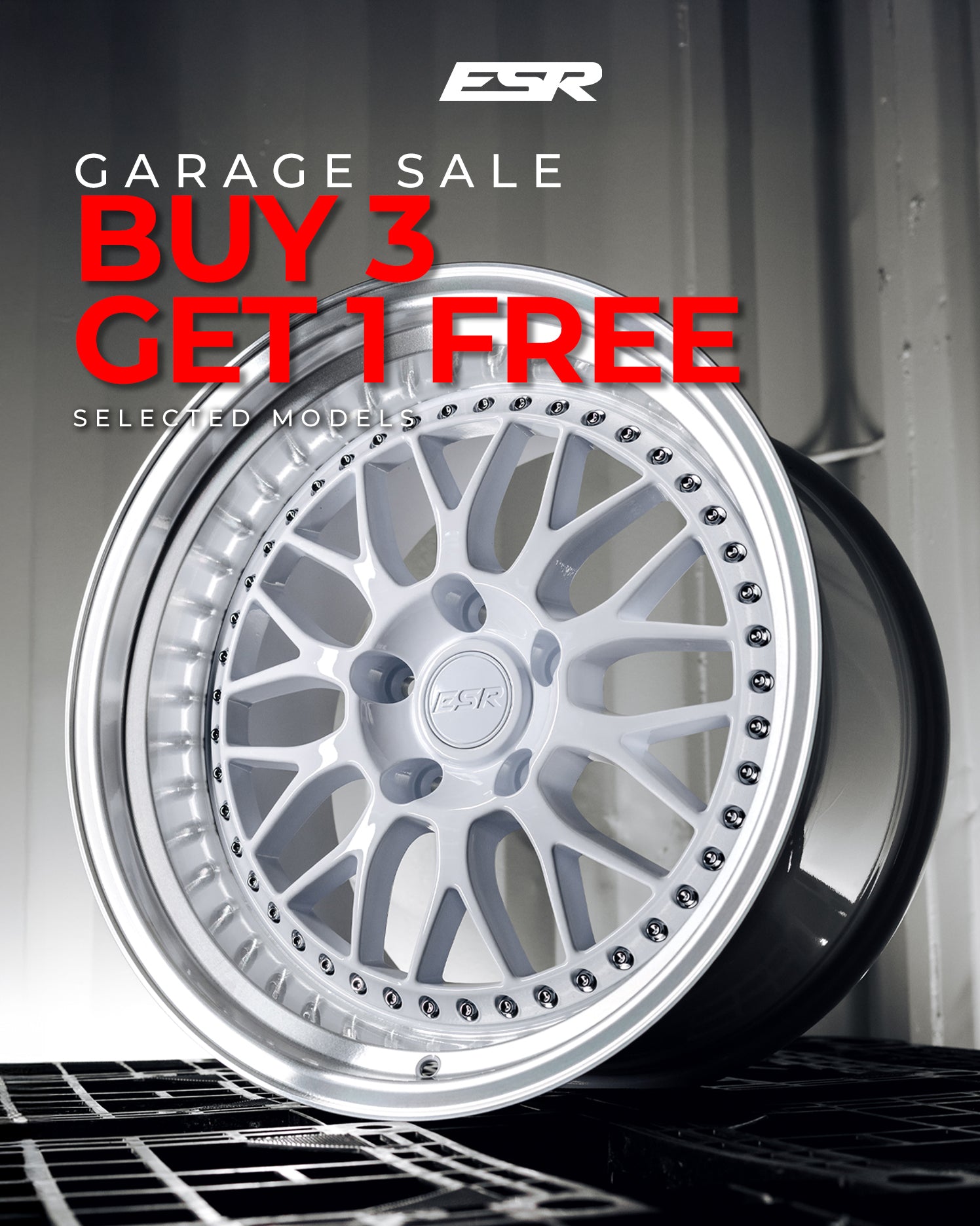
What Is Wheel Offset?
When it comes to aftermarket car wheels, understanding wheel offset is crucial for ensuring a perfect fit and optimal performance. Wheel offset refers to the distance between the wheel's mounting surface and its centerline. This measurement affects not only the aesthetics of your vehicle but also its handling and safety. A proper offset ensures that your wheels align correctly with the suspension and bodywork, preventing issues like tire rubbing and poor handling. In this blog, we'll dive deep into the concept of wheel offset, explore its types, and guide you on how to choose the right offset for your vehicle to achieve the best results.
The Basics of Wheel Offset
Wheel offset is a critical measurement that determines how your wheels sit in relation to your vehicle’s suspension and fenders. It is defined as the distance between the wheel's mounting hub and its centerline. Offset is typically measured in millimeters and can be positive, negative, or zero.
Types of Wheel Offset: Positive, Negative, and Zero
Wheel offset comes in three main types: positive, negative, and zero. Positive offset means the wheel’s mounting surface is positioned towards the front, causing the wheel to sit deeper into the wheel well. This is common in most modern front-wheel-drive vehicles. Negative offset, on the other hand, has the mounting surface towards the back, making the wheel stick out more, often seen in trucks and off-road vehicles. Zero offset indicates that the mounting surface is exactly at the wheel's centerline. Understanding these types helps select wheels that look great and perform optimally for your specific vehicle.
How to Measure Wheel Offset
Measuring wheel offset is a straightforward process that requires a few basic tools: a straight edge and a measuring tape. First, place the wheel on a flat surface and lay the straight edge across the wheel's rim. Measure the distance from the mounting surface to the straight edge. Next, find the centerline by measuring the total width of the wheel and dividing it by two. Subtract the centerline distance from the mounting surface measurement to determine the offset. A positive result indicates positive offset, while a negative result indicates negative offset. Accurate measurement ensures you select wheels that fit correctly and perform well.
The Importance of Correct Wheel Offset
Having the correct wheel offset is crucial for your vehicle’s performance, safety, and appearance. An accurate offset ensures that the wheels align properly with the vehicle’s suspension and bodywork, preventing issues like tire rubbing against the fenders or suspension components. Correct offset also affects the handling characteristics of your vehicle, contributing to stable and predictable driving dynamics. Additionally, it maintains the structural integrity of your vehicle by evenly distributing weight and reducing stress on wheel bearings and suspension parts. Choosing the right offset enhances both the aesthetics and functionality of your wheels, providing a balanced and safe driving experience.
Effects of Incorrect Wheel Offset
Incorrect wheel offset can lead to a host of problems affecting your vehicle's performance, safety, and longevity. An offset that is too positive or too negative can cause tires to rub against the fenders or suspension components, leading to premature tire wear and potential damage. It can also negatively impact handling, making your vehicle feel unstable and less responsive, especially during cornering. Also, incorrect offset places undue stress on suspension and steering components, potentially leading to premature failure. This misalignment can also affect your vehicle's appearance, making the wheels look awkwardly positioned. Ensuring the correct wheel offset is vital for optimal vehicle performance and safety.
Choosing the Right Wheel Offset for Your Vehicle
Selecting the right wheel offset for your vehicle involves understanding your vehicle's specifications and your driving needs. Start by consulting your vehicle's manual or manufacturer guidelines to determine the recommended offset range. Consider the type of driving you do—whether it's daily commuting, off-roading, or performance driving—as this influences the ideal offset. It's also important to take into account any modifications to the suspension or fenders, which may require a different offset. Test fitting wheels before finalizing your purchase can help ensure compatibility. Choosing the correct offset improves your vehicle’s handling, appearance, and overall performance, providing a safe and enjoyable driving experience.
Common Wheel Offset Mistakes and How to Avoid Them
Avoiding common wheel offset mistakes is essential to ensure optimal performance and safety for your vehicle. One common mistake is selecting the wrong offset without considering how it affects suspension geometry and tire clearance. This can lead to tires rubbing against fenders or suspension components, causing premature wear and potential damage.
Another mistake is choosing extreme offsets without truly understanding their impact on vehicle handling and stability. Too much negative offset, for example, can affect steering response and increase stress on wheel bearings.
It's also crucial to avoid assuming that all wheels with the same bolt pattern will fit your vehicle perfectly. Factors like hub bore size and brake clearance must be considered to ensure proper fitment.
Lastly, not consulting vehicle-specific forums, guides, or professionals when unsure about offset requirements can lead to costly mistakes. Taking the time to research and verify fitment details can help you avoid these pitfalls and ensure your wheels perform as intended.
Conclusion: Finding the Perfect Fit
Choosing the right wheel offset is essential for achieving both aesthetic appeal and functional performance for your vehicle. By understanding the basics of wheel offset—whether positive, negative, or zero—and considering factors like tire clearance, suspension geometry, and driving style, you can ensure a perfect fit that enhances handling and safety. Avoiding common offset mistakes and consulting vehicle-specific guidelines will further streamline your decision-making process.
Ready to find the perfect wheels for your ride? Explore ESR Wheels today for a premium selection of aftermarket wheels that combine style and performance seamlessly. Whether you're upgrading for aesthetics or enhancing your vehicle's capabilities, ESR Wheels offers options to suit your needs. Invest in wheels with the correct offset to transform your driving experience with confidence and style.

